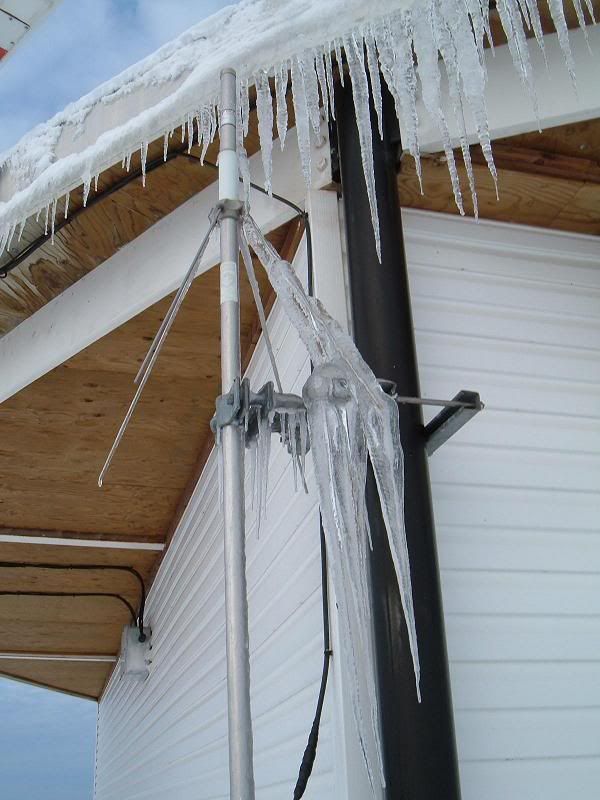KC8JPZ said:
I've done an inspection (structural) for a tower that has a dopler mounted on top like the soccerball in your picture. I don't know a whole lot about those and was wondering if I took a small peice of foil and cut it out in the shape of the Enterprise from star trek and stuck it to the side of the ball.. Would it show up on screen as the enterprise? Not that I would ever do that.. Just curious. I hear dopler is pretty dangerous to be near.Simmilar to microwave I suppose.
The doppler radar that canada uses are 1200-1400MHz@32kW PPP all within a 1 degree beamwidth. So in other words, you don't stick your hand in front of the horn, or look into the waveguide (unless you want to have seriously screwed up babies).
Also, about your star trek thingy, the theory behind doppler radar is that the reciever recieves a difference in frequency that it transmits. In other words, the transmitter part sends out say 1250MHz, and a moving object (plane or weather) reflects the 1250MHz +/- a few thousand hertz because it is moving away (hence doppler effect), and the reciever only senses the difference in freq. In fact, there is a module in the reciever that filters out EXACTLY station frequency (1250Mhz in this case), because if it were to recieve 1250 MHz (ie, trees, ice, power lines-non moving objects) it would swamp the reciever, and cloud out the radar screen pretty fast.
So..................if you were to put your star trek device in the path of the beam, you would not see anything on the screen, as its not moving. Even if you were to make it move, the software in the radar filters out slow moving objects (ie large flocks of birds) and cilivian radar also filters out very vast moving objects (military aircraft surpassing mach 1)
Ouff...what a paragraph, sorry for the long winded blurb.
Cheers.


